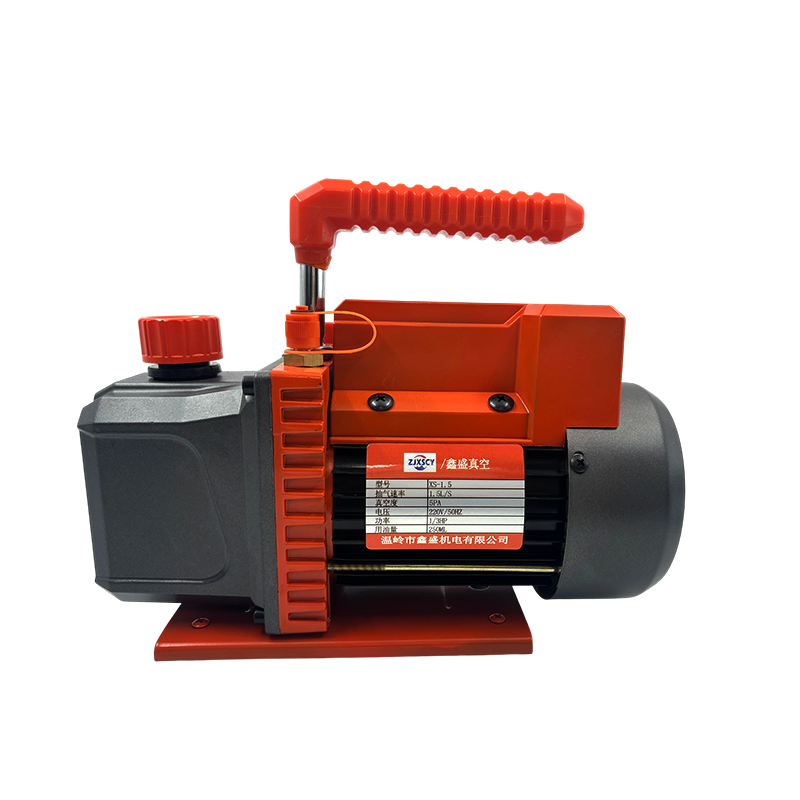Jul 18, 2025
Rotary vane vacuum pumps are widely used in various industries due to their reliable performance, compact design, and efficiency. Whether for laboratory applications, packaging, printing, or medical equipment, choosing the right rotary vane vacuum pump is crucial for operational success. Manufacturers often emphasize several key factors to consider when selecting a vacuum pump that fits specific requirements.

This type of pump is valued for its steady vacuum generation, low noise, and relatively simple maintenance, making it a popular choice across many sectors.
Manufacturers highlight several critical considerations when selecting a rotary vane vacuum pump:
The step is determining the vacuum level needed for your application. Rotary vane pumps can provide rough to medium vacuum levels, typically down to about 0.1 mbar. For applications requiring deeper vacuum, other pump types might be necessary. Accurately assessing the required vacuum ensures the selected pump meets process demands without unnecessary cost or complexity.
Pumping speed refers to the volume of gas the pump can move per unit time, often measured in liters per minute (L/min) or cubic meters per hour (m³/h). Higher pumping speeds enable faster evacuation but usually come with increased size and power consumption. Manufacturers recommend matching the pumping speed to the volume of the system or chamber to achieve efficient evacuation within acceptable timeframes.
Different applications impose specific requirements on vacuum pumps:
Chemical or Corrosive Environments: Pumps made with corrosion-resistant materials or equipped with special coatings are essential.
Clean Room or Medical Use: Oil-free or specially sealed pumps minimize contamination risks.
Continuous Operation: Pumps designed for durability and stable long-term use are preferred.
Selecting a pump designed to withstand the operating environment extends service life and reduces maintenance.
Noise can be a critical factor in laboratories, hospitals, or offices. Many rotary vane pumps operate quietly, but manufacturers provide noise level ratings so users can select models that meet workplace comfort standards.
Rotary vane vacuum pumps require regular oil changes and vane replacements. Choosing a pump with easy access to internal components and clear maintenance guidelines simplifies upkeep and reduces downtime. Manufacturers often design models with modular parts to facilitate quick servicing.
Energy efficiency is an important consideration both economically and environmentally. Pumps with efficient motors and optimized internal design reduce power consumption while maintaining performance. Some manufacturers offer energy-saving models that adapt operation to load conditions.
Space constraints or the need for portable operation influence the choice. Compact and lightweight rotary vane pumps are available, offering flexibility for mobile or limited-space applications.
Additional Features to Consider
Modern rotary vane vacuum pumps may include features that enhance usability and performance:
Integrated Oil Mist Filters: Reduce oil emissions, improving workplace air quality.
Automatic Oil Level Monitoring: Alerts users to low oil levels to prevent damage.
Digital Displays and Controls: Provide real-time status monitoring and easier adjustments.
Multi-Stage Options: Increase achievable vacuum levels for demanding applications.
Manufacturers encourage evaluating these features based on specific needs and budgets.
Rotary vane vacuum pumps are used across many industries:
Medical: Vacuum suction devices, sterilizers, and dental equipment.
Laboratory: Filtration, freeze drying, and vacuum ovens.
Packaging: Vacuum sealing to extend product shelf life.
Printing: Ink degassing and paper handling.
Industrial: Leak detection and vacuum forming.
Understanding the application helps narrow down suitable models and specifications.